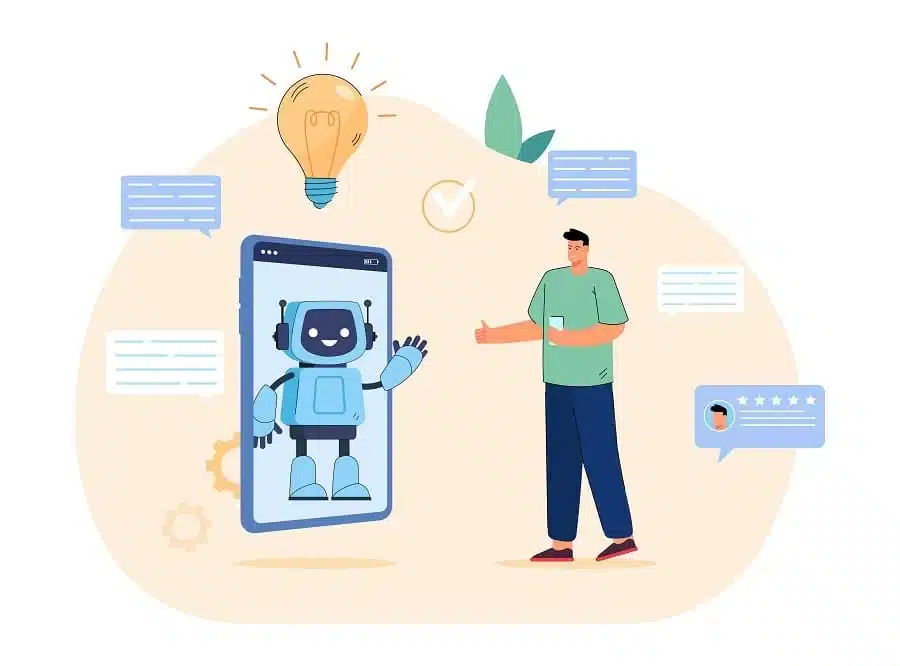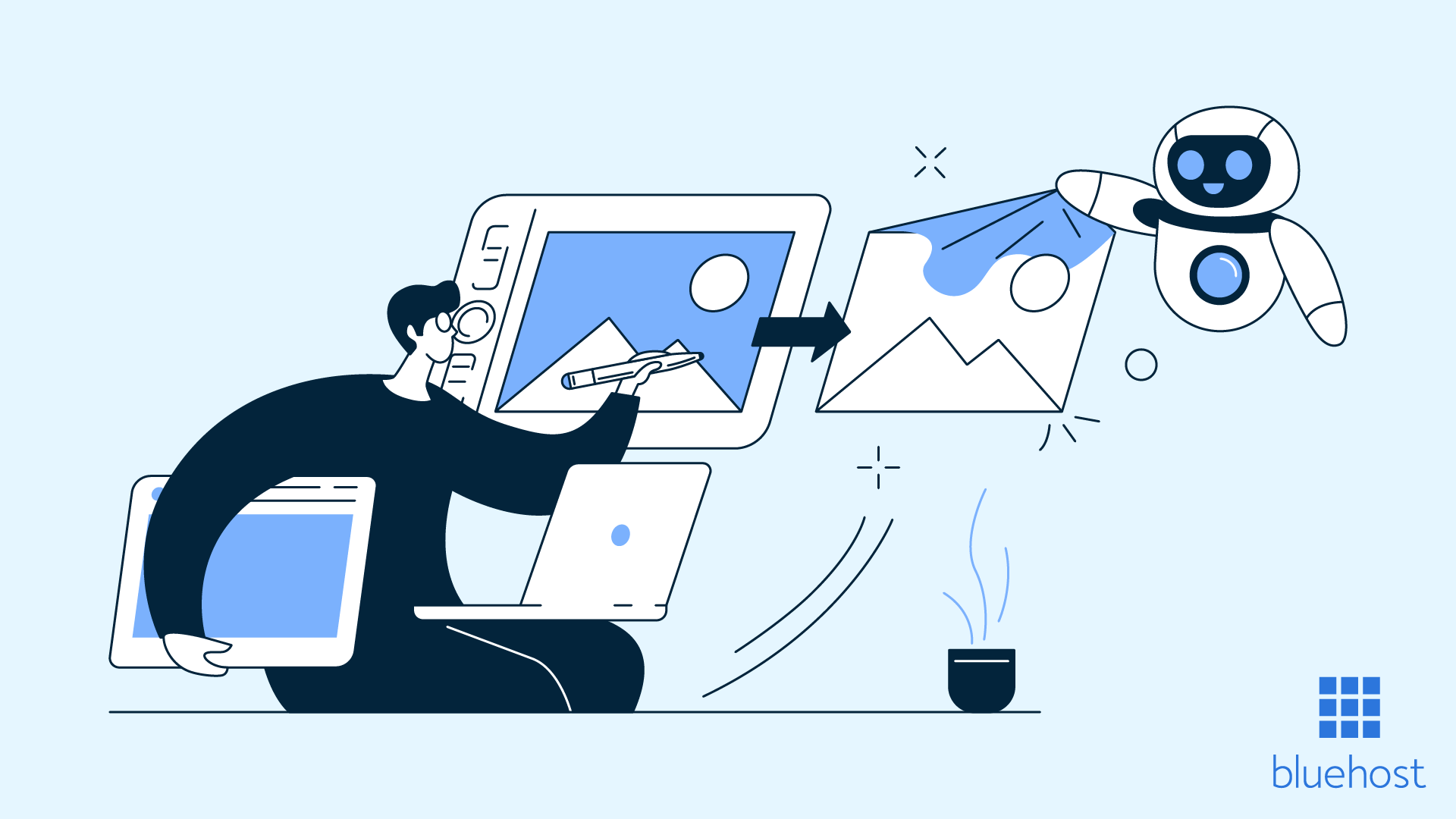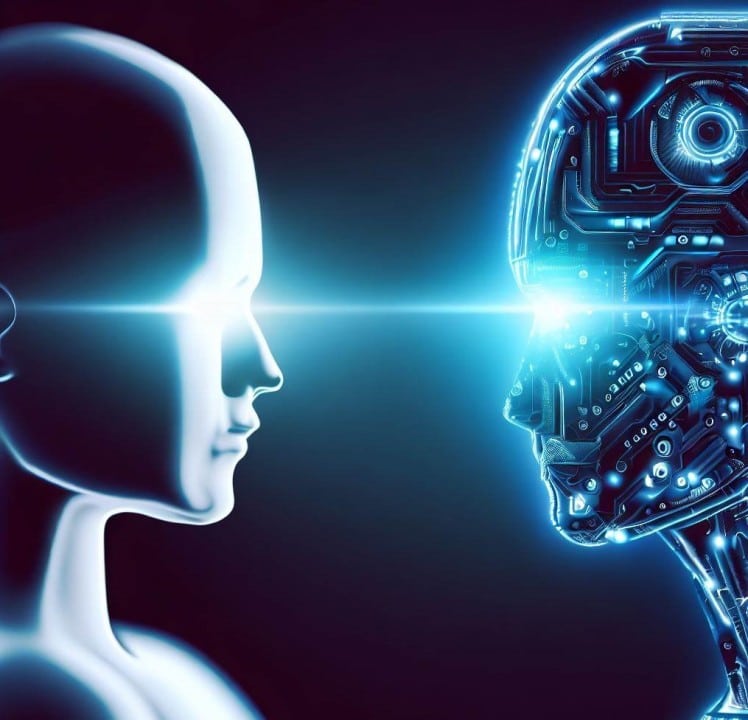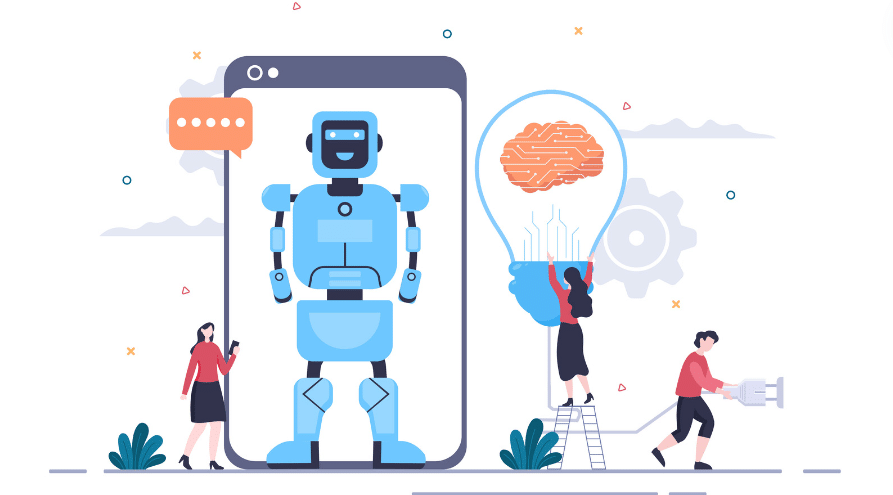Artificial Intelligence (AI) is no longer a futuristic concept; it’s here, and it’s transforming industries across the globe, and the design field is no exception.
From graphic design to product design, AI is reshaping the landscape, making processes more efficient, innovative, and personalized. But what does this mean for designers?
Let’s dive into how AI is revolutionizing the design industry and explore the implications for both seasoned professionals and newcomers.
The Role of AI in Modern Design

However, with the advent of AI, the design process has seen significant changes.
Enhancing Creativity with Generative AI
Generative AI is at the forefront of AI’s impact on design. This technology leverages algorithms and machine learning to create new designs based on existing data. It’s like having a digital brainstorming partner that never runs out of ideas.
- AI-Powered Design Tools: Tools like Google’s AI and even AI tattoo generator are enabling users to produce unique, personalized designs at a faster pace. These tools use vast amounts of data to generate creative ideas that might not come naturally to human designers.
- Exploring New Aesthetics: With AI, designers can explore a broader range of styles and aesthetics. By inputting specific parameters, AI can generate multiple design variations, allowing designers to push the boundaries of their creativity.
Automating Repetitive Tasks
Design involves a lot of repetitive tasks, which can be time-consuming and monotonous. AI can automate these tasks, freeing up designers to focus on more strategic and creative aspects of their work.
- Task Automation: AI can handle tasks like resizing images, creating templates, and even generating color palettes. This automation not only saves time but also ensures consistency across designs.
- Optimization and Efficiency: AI tools can analyze user data and optimize designs for better performance. For instance, AI can suggest layout adjustments that improve user engagement or identify design elements that need tweaking.
Impact Of AI on User Experience

- Personalization: AI algorithms can analyze user behavior and preferences to create personalized design experiences. This means that designs can be tailored to individual users, improving their overall experience.
- Predictive Design: AI can predict user needs and suggest design improvements based on user interactions. This proactive approach helps in creating more intuitive and user-friendly designs.
Co-Creating with AI
AI is not here to replace designers but to work alongside them. The concept of co-creating with AI is gaining traction, where human creativity and AI’s computational power combine to produce innovative designs.
- AI as a Collaborator: By using AI tools, designers can explore new ideas and iterate quickly. AI can generate initial design drafts, which designers can then refine and enhance.
- Human-AI Synergy: This collaboration allows designers to experiment with more complex and data-driven design elements, leading to richer and more dynamic outcomes.
AI Tools Enhancing Creativity
While some fear that AI might replace designers, the reality is quite the opposite. AI is a tool that augments human creativity. Tools like Google’s AI and ChatGPT are perfect examples. These AI systems can assist in brainstorming sessions, offering a plethora of ideas and suggestions.
- AI as a Co-Creator: Designers can use AI to explore new design possibilities and push the boundaries of traditional design thinking.
- Automation of Repetitive Tasks: Tasks like resizing images, adjusting color schemes, or generating mockups can be automated, allowing designers to focus on more complex and creative aspects of their work.
- Personalization: AI can help create personalized user experiences by analyzing user data and preferences, leading to designs that are tailored to individual needs.
AI in Graphic Design and Product Design

Graphic Design
In graphic design, AI can automate repetitive tasks and enhance creativity.
- AI-Powered Design Tools: Tools like Adobe Sensei use AI to help designers, from auto-generating design elements to providing intelligent suggestions.
- AI-Generated Art: AI can create stunning visuals and graphics, opening new avenues for artistic expression.
Product Design
AI is equally transformative in product design.
- Prototyping: AI can quickly generate prototypes based on initial concepts, speeding up the design iteration process.
- Material Optimization: AI can suggest materials and design alterations to improve product performance and sustainability.
Embracing Artificial Intelligence in Tattoo Design
AI’s impact isn’t limited to traditional design fields; it’s also making waves in more niche areas like tattoo design. AI-powered tattoo design generators are helping both tattoo artists and enthusiasts explore new design possibilities.
- Creative Inspiration: AI can generate unique tattoo designs, providing inspiration for artists and clients alike.
- Customization: AI tools allow for highly customized designs based on individual preferences and styles.
- Efficiency: By automating the initial design phase, AI allows tattoo artists to focus on the actual artwork and client interaction.
The Future Of AI: Co-Existing With Human Creativity

AI-Driven Design Trends
As AI continues to evolve, it’s influencing design trends and setting new standards in the industry.
- Adaptive Design Systems: AI enables adaptive design systems that can adjust in real time based on user feedback and data. This flexibility allows for more responsive and user-centered designs.
- Sustainability and Efficiency: AI can optimize designs for sustainability, suggesting materials and processes that reduce environmental impact. This trend is becoming increasingly important as the design community focuses on sustainable practices.
Ethical Considerations and Challenges
With the rise of AI in design, there are also ethical considerations to keep in mind.
- Bias in AI: AI systems can sometimes perpetuate biases present in their training data. Designers need to be aware of these biases and work towards creating fair and inclusive designs.
- Human Oversight: While AI can automate many tasks, it will always require human oversight to ensure that designs align with ethical standards and resonate with human emotions and values.
FAQs On AI Shaping The Future Of Design
Will AI replace designers in the future?
No, AI is a tool designed to augment human creativity, not replace it. While AI can automate repetitive tasks and generate design ideas, the human touch and emotional intelligence of designers are irreplaceable.
How can AI improve my design workflow?
AI can streamline your workflow by automating repetitive tasks, optimizing designs based on user data, and providing innovative design suggestions. This allows you to focus more on the creative and strategic aspects of design.
How does AI ensure the designs are user-centric?
AI analyzes user behavior and preferences to create personalized and user-centric designs. By leveraging user data, AI tools can suggest design elements that enhance the overall user experience.
Leveraging AI For Designing Trends
Artificial intelligence is undoubtedly shaping the future of design, offering unprecedented opportunities for innovation, efficiency, and personalization.
By embracing AI as a collaborative tool, designers can push the boundaries of creativity and create more impactful and inclusive designs.
The integration of AI is paving the way for a new era where human creativity and artificial intelligence work hand in hand to shape the future of design.
As AI continues to evolve, the design community must stay curious, adaptable, and ready to harness the power of AI.

